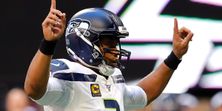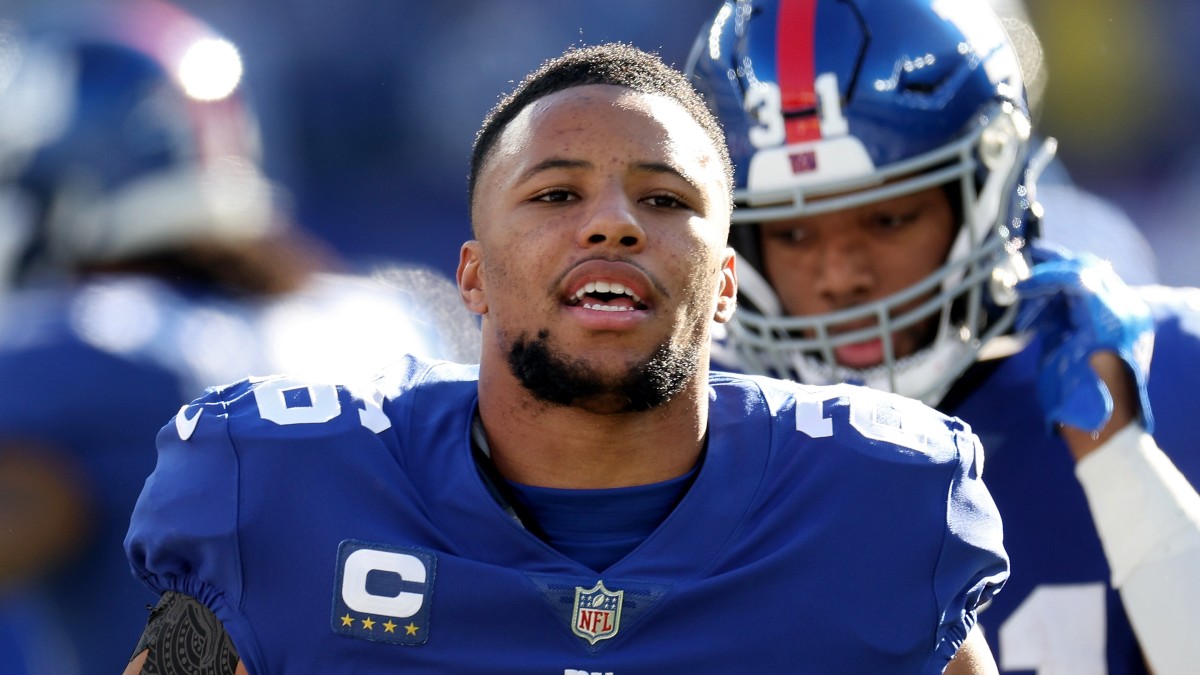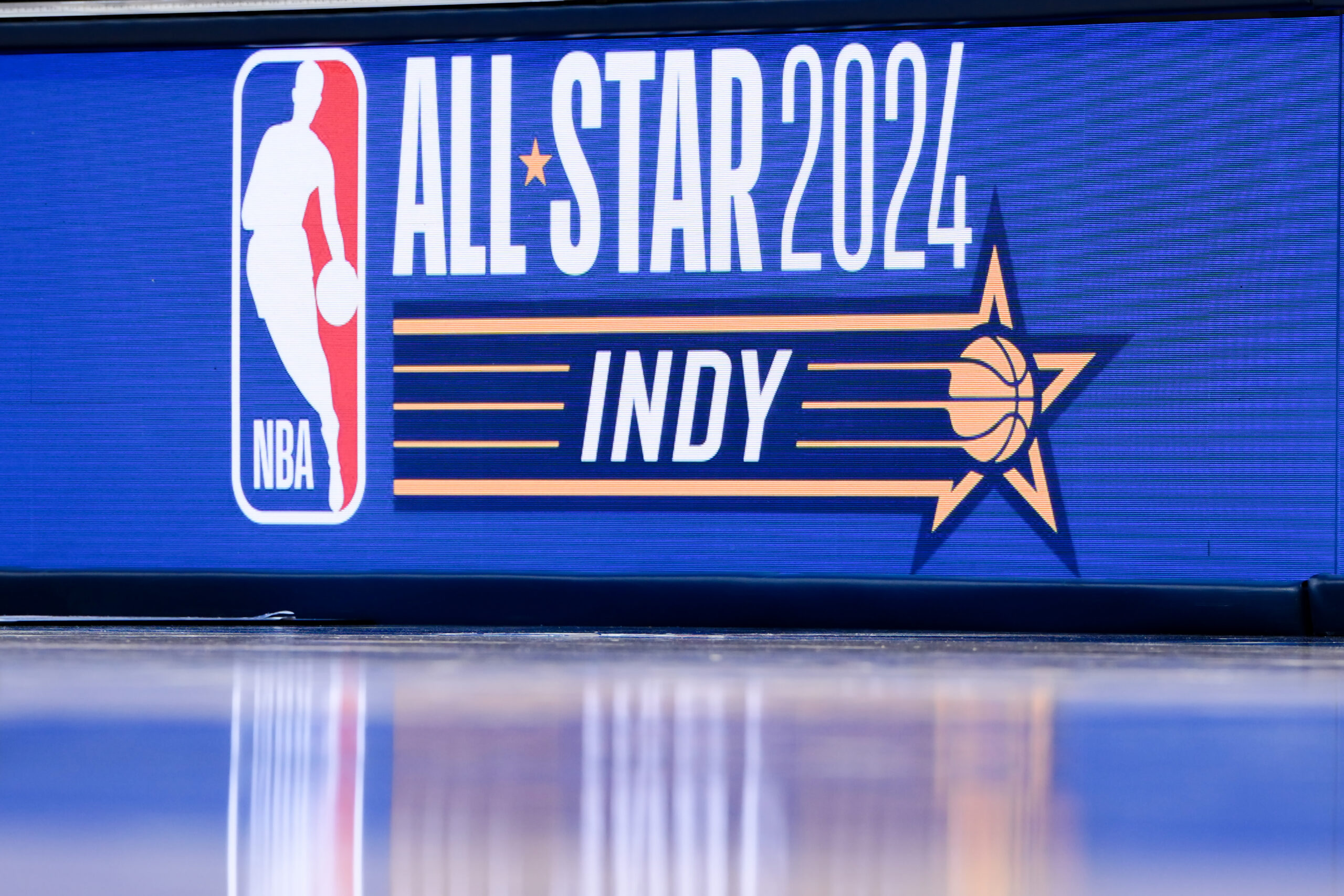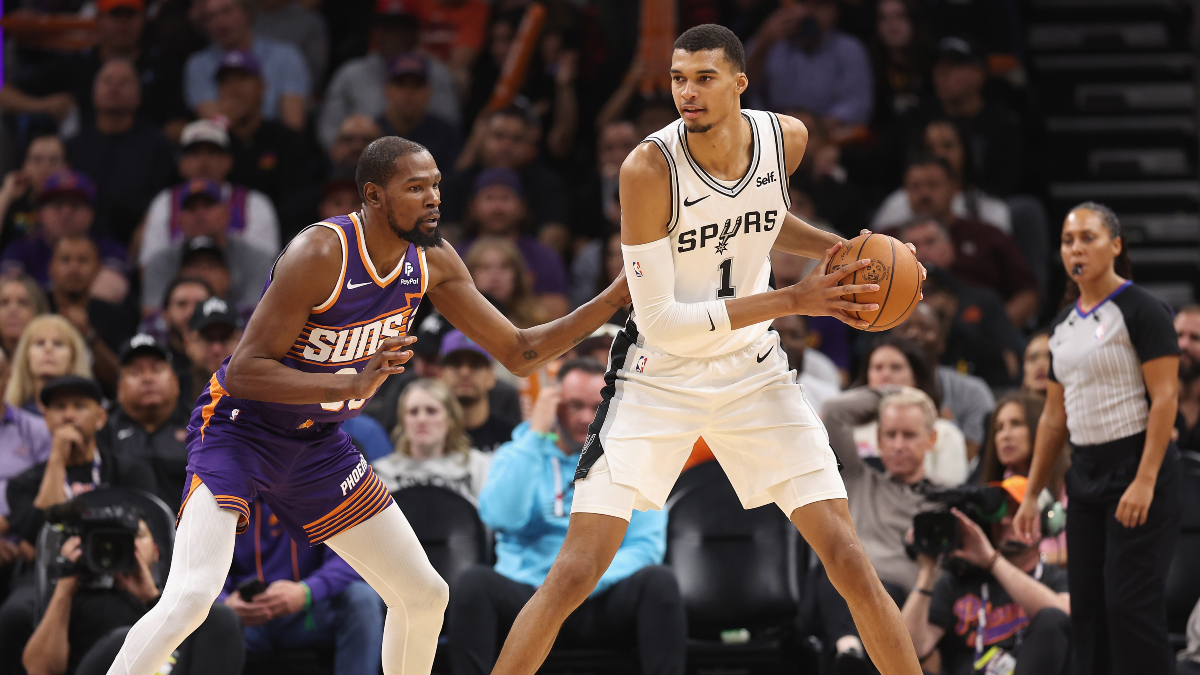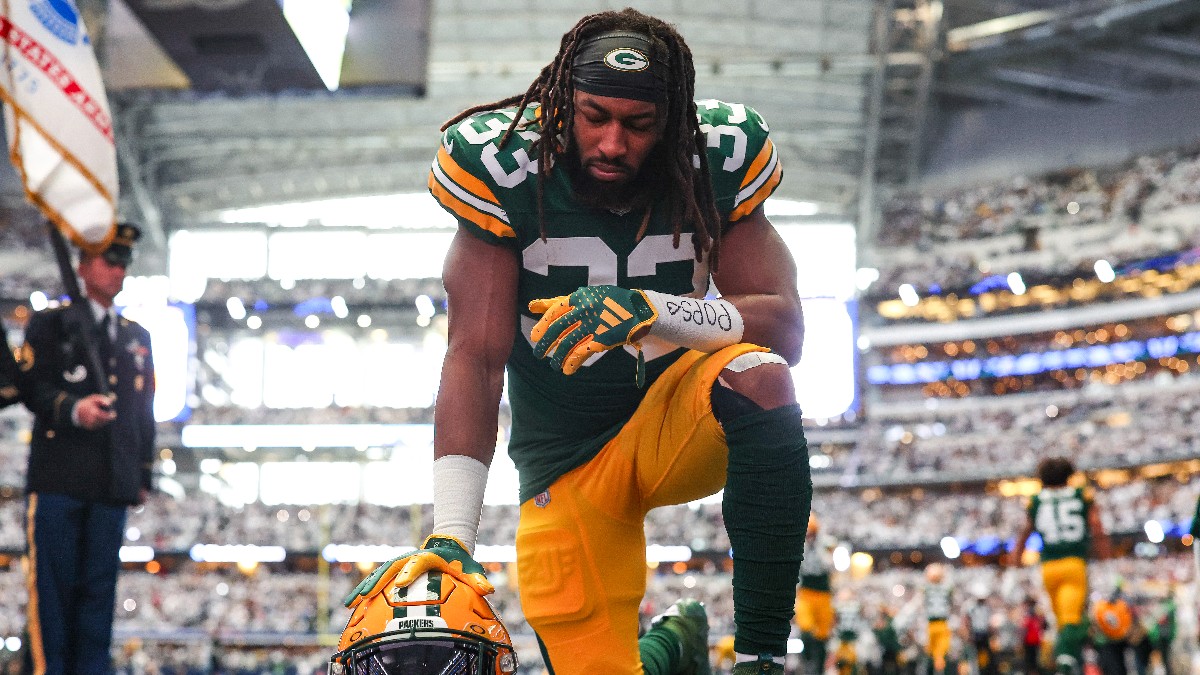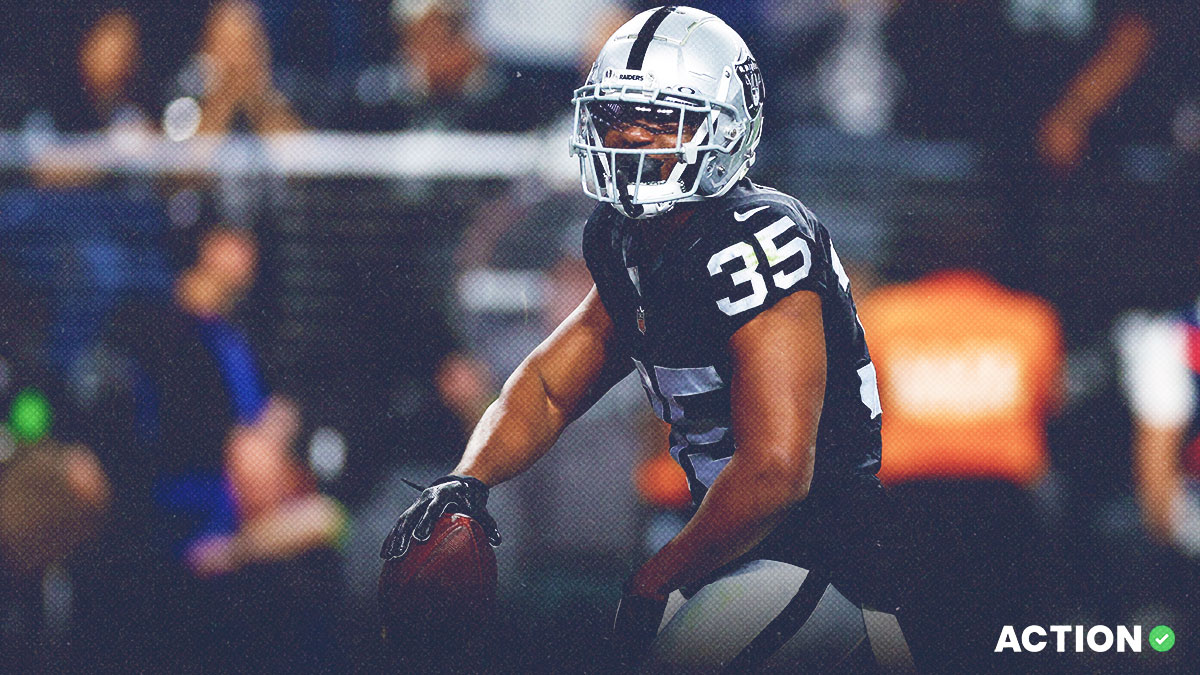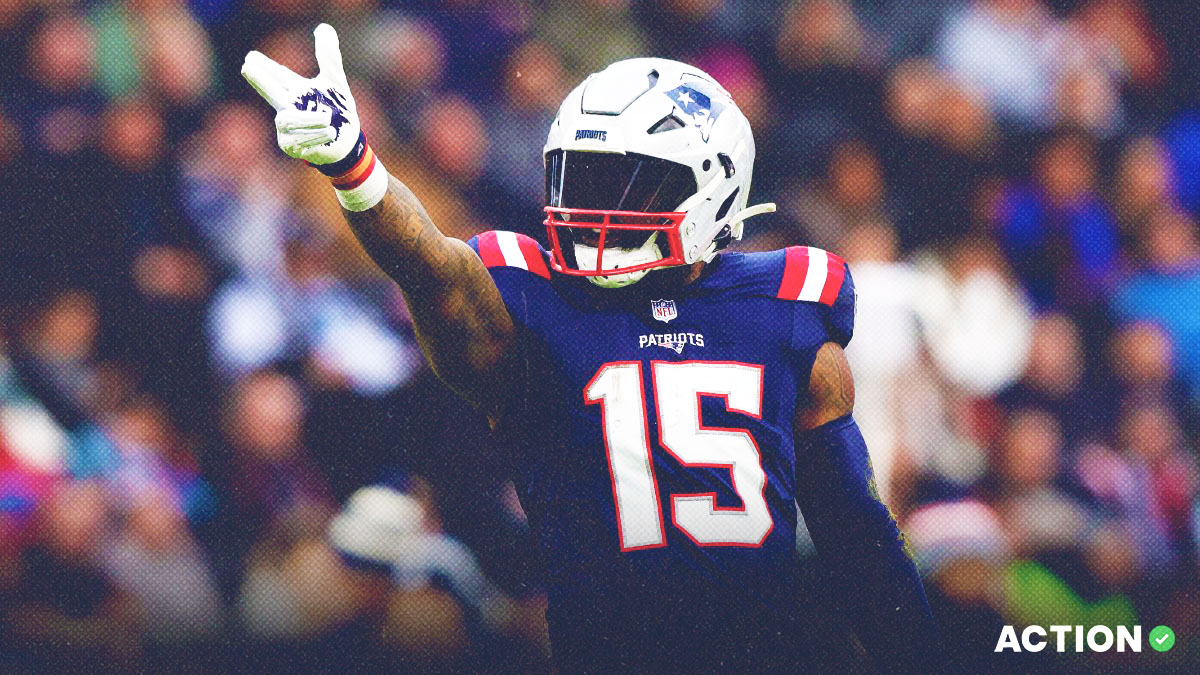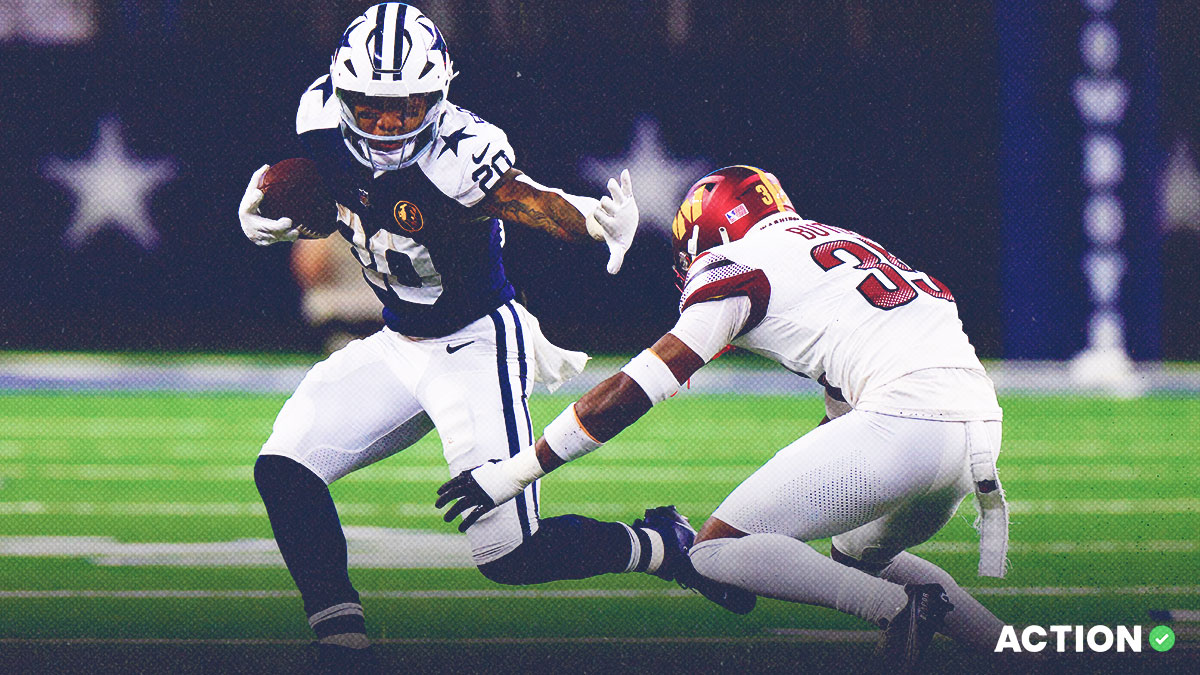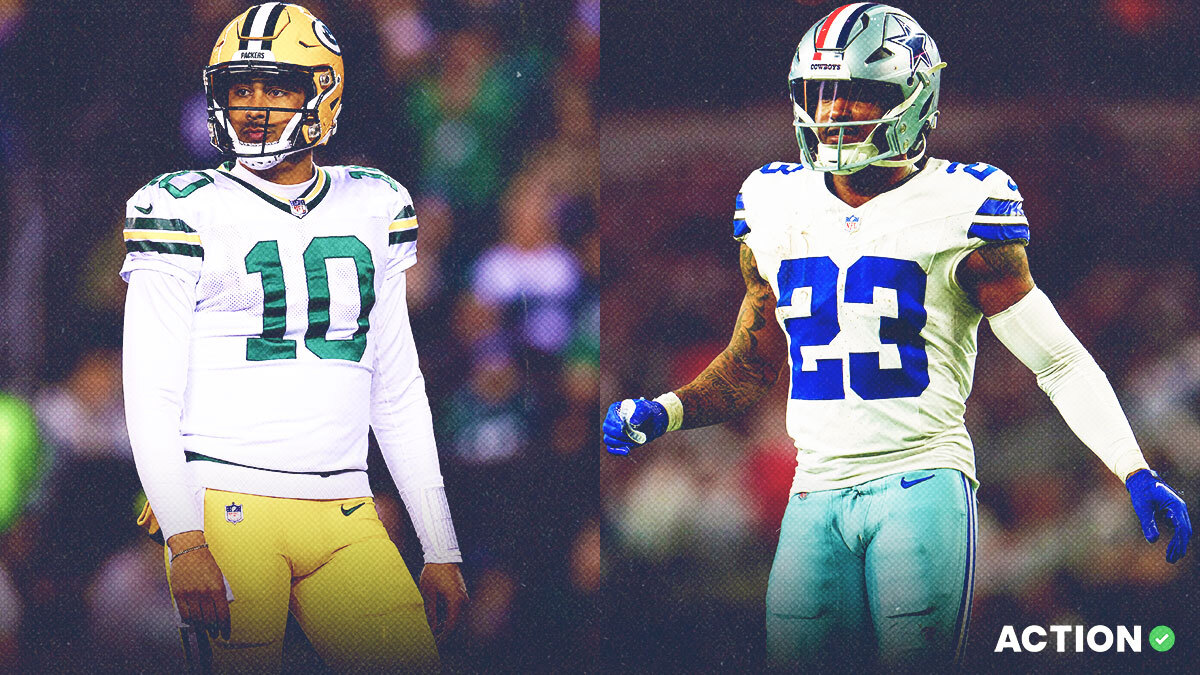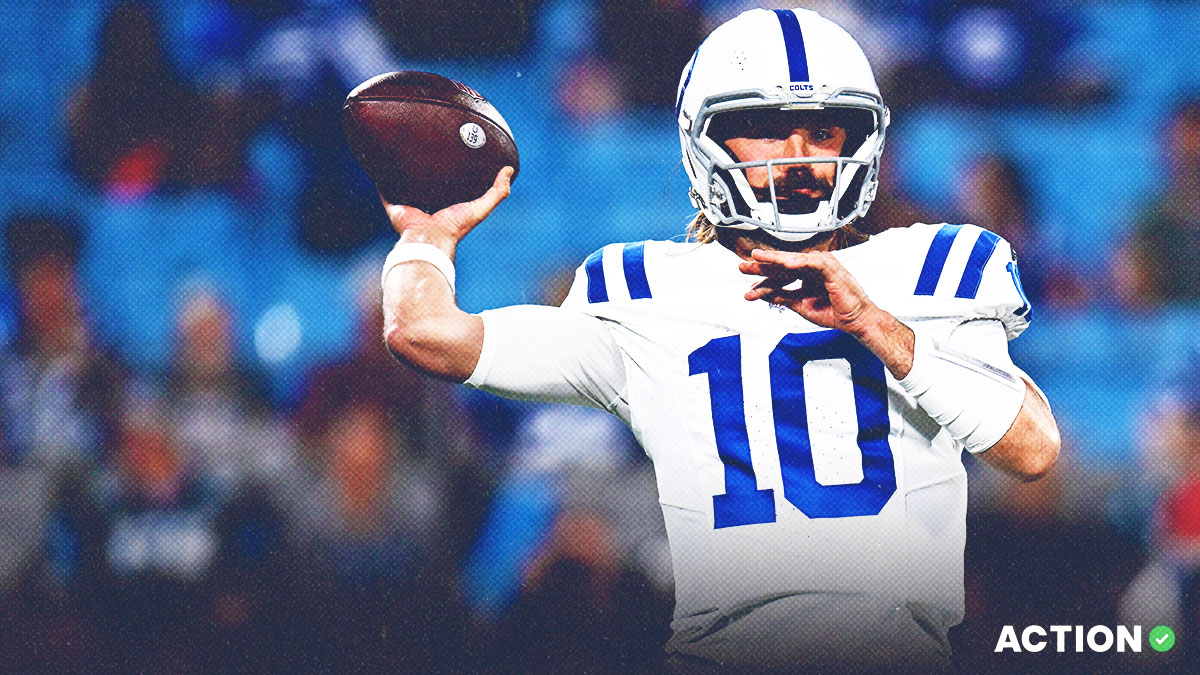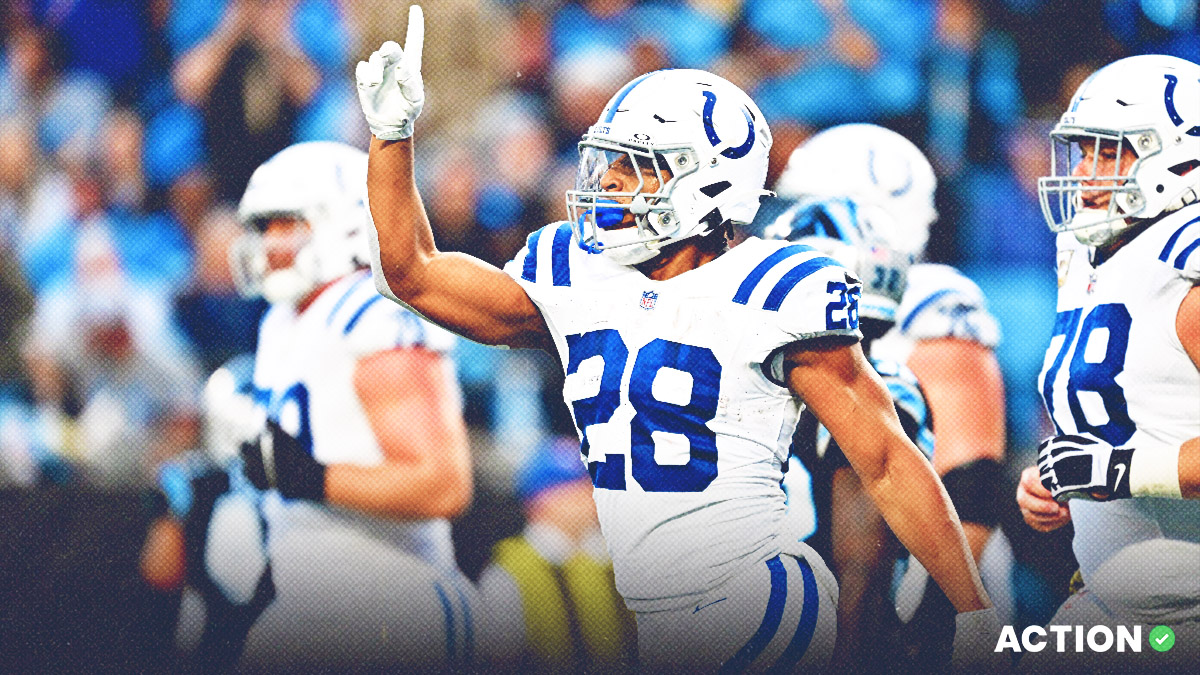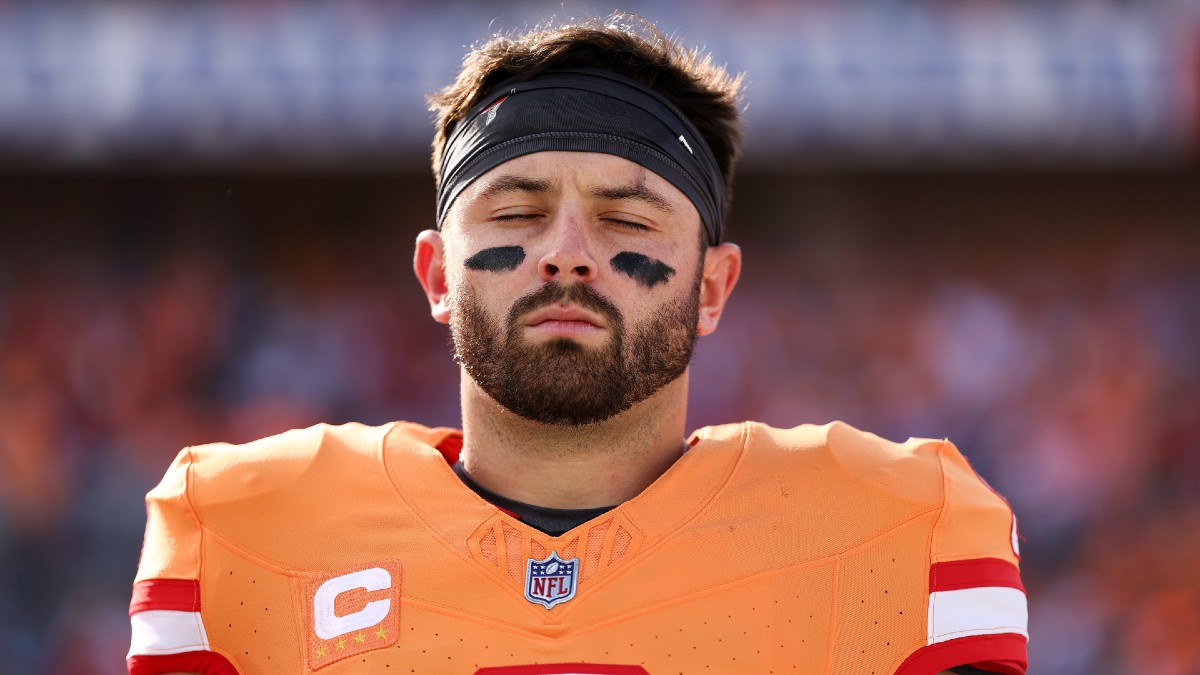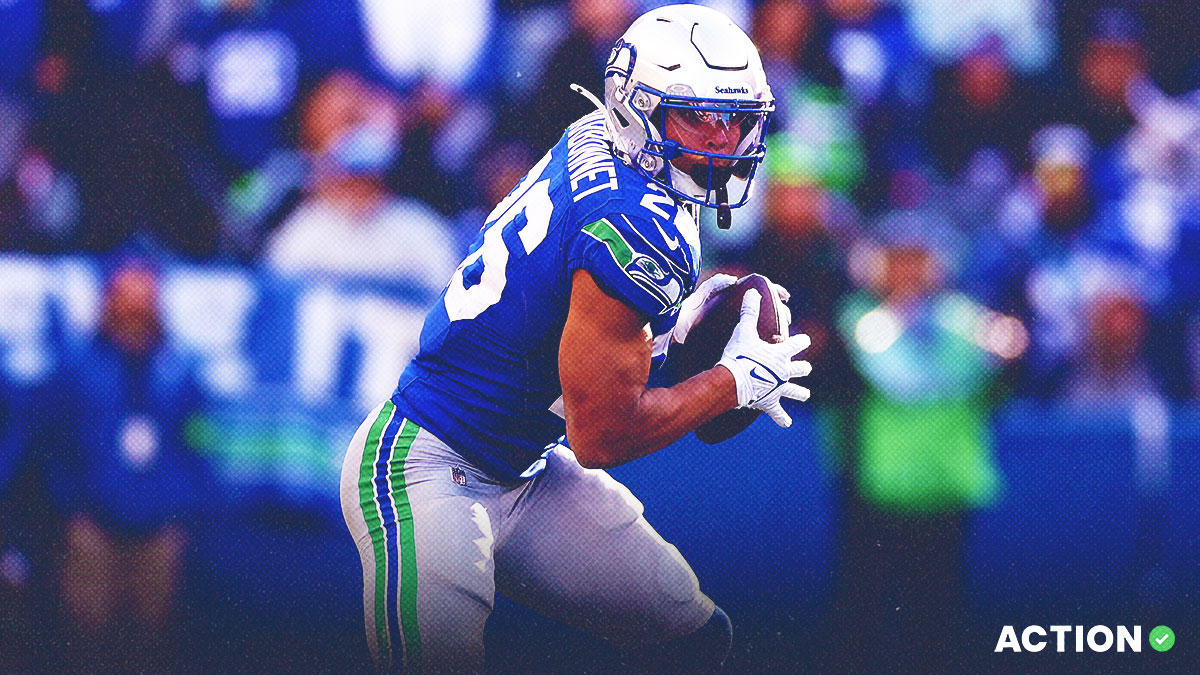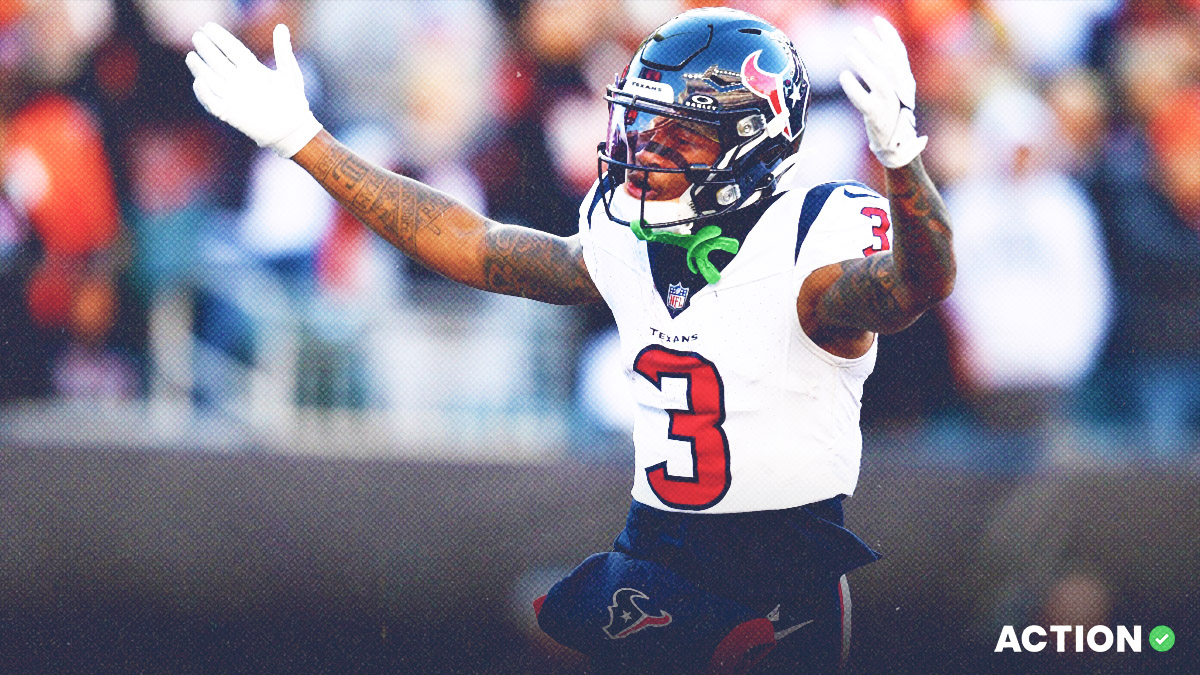Fantasy football is a game of amassing small edges in a variety of areas that add up to a larger edge. One of those edges is in adjusting season-long projections for strength of schedule (SOS).
Here I will give you my projected SOS rankings for all 32 teams at quarterback, running back, wide receiver and tight end, as well as detail how SOS will impact the outlook of players ranked closely at each position. I’ll also give you the exact multipliers I use in case you want to apply them to your own projections.
If you’re just looking for the rankings, multipliers and/ or specific player notes, you can skip ahead by clicking here. But for the harder core among us, I'll briefly explain how SOS projections are created, how predictive defense vs. position metrics are in terms of year-to-year correlation, and the limitations.
Fantasy Strength of Schedule Methodology
The first thing to know about SOS is year-to-year correlations of fantasy points allowed to each position. The correlations, which are in the table below, provide a baseline of what percentage of last year’s numbers to use and what percentage of the projection is simply a component of the league average.
For reference, I also threw in the year-to-year correlation of team rankings in defense vs. position in a second tab.
It turns out that fantasy points allowed to QB and RB are a lot stickier from one year to the next than fantasy points allowed to the pass-catching positions.
That's due to the higher volume of opportunities for QBs and RBs relative to the offense as a whole. Also keep in mind that even though these are defense vs. position numbers, they're not necessarily impacted only by a team's defense; QB play is a lot more stable from year-to-year, and teams with good QBs will tend to score more points, which tends to benefit the opposing QB, while teams with poor QB play often find themselves behind, which tends to benefit the opposing run game.
Regardless of the case, you can see that in general, there isn't much carryover from year-to-year at any of the positions, and regression to the mean will make up two-thirds or more of the projection. The same is true for defense vs. position ranks; the only difference between the two sets of correlations is that since most QBs post similar numbers to one another, ranks are less predictive since a few tenths of a point could create a large swing in a team's ranking.
Ultimately, most of the projected SOS adjustments will alter a player's season-long projection by no more than 1-2%. That may sound minimal, but it can be significant in key spots, especially if you're adjusting one player up 1.5-2% and another similarly ranked player down 1-2%.
2020 Fantasy Strength of Schedule Rankings
Below are the my 2020 projected strength of schedule ranks and multipliers for the full season, as well as ranks broken out for early season (Weeks 1-3) and the fantasy playoffs (Weeks 14-16).
I tend to put more stock in the full- and early-season data, as things can change drastically by the time the fantasy playoffs roll around.
A few notes before we jump into my rankings:
- All defense vs. position data used in the 2020 projection calculations have been adjusted for strength of opposing offenses faced in 2019.
- I used half-PPR scoring for RB, WR and TE.
- These can be thought of as initial or baseline projections. Once starting lineups are set, I'll publish an updated version that take into account manual adjustments based on personnel changes, etc., but since we're already dealing within a few percentage points, it's a fool's errand to attempt this so early in the offseason, and the final version won't look much different from the one below.
Fantasy Strength of Schedule: QBs
- Lamar Jackson's SOS is average overall, but he should start and finish hot: He clocks in with the ninth-easiest schedule in Weeks 1-3 and the fourth-easiest in Weeks 14-16.Patrick Mahomes, meanwhile, has an even better playoff schedule at No. 2, but he owns just the 20th-ranked slate for Weeks 1-3 (not that it really matters for Mahomes, who I think just threw another TD).
- You can make a case for each of Dak Prescott, Deshaun Watson, Kyler Murray and Russell Wilson as the QB3. Watson has one of the toughest schedules on the board according to my projections, so I may end up going with Dak as the QB3 in my final rankings. Relative to Watson, Prescott sees a 2.3% increase in projected points per game due to SOS. Wilson will probably end up No. 6 for me, but his 2.2% edge over Watson and 1.1% edge over Murray does help him close the gap somewhat.
- Like Watson, Josh Allen projects for a ~1.8% decrease due to SOS. I'm bullish on Allen — rushing numbers correlate extremely strongly year-over-year for QBs, and the Stefon Diggs signing is huge for him — but he's in a spot (QB7 ADP) where I may not end up drafting him very often. There's just not much separation between QBs as is, and I'm projecting later-round options such as Baker Mayfield, Joe Burrow, Carson Wentz and Matthew Stafford to make up at least 2.0% of the gap between them and Allen due to SOS. I also view Daniel Jones as a discount version of Allen; he won't run quite as much, but he'll throw way more and usually goes a few rounds later.
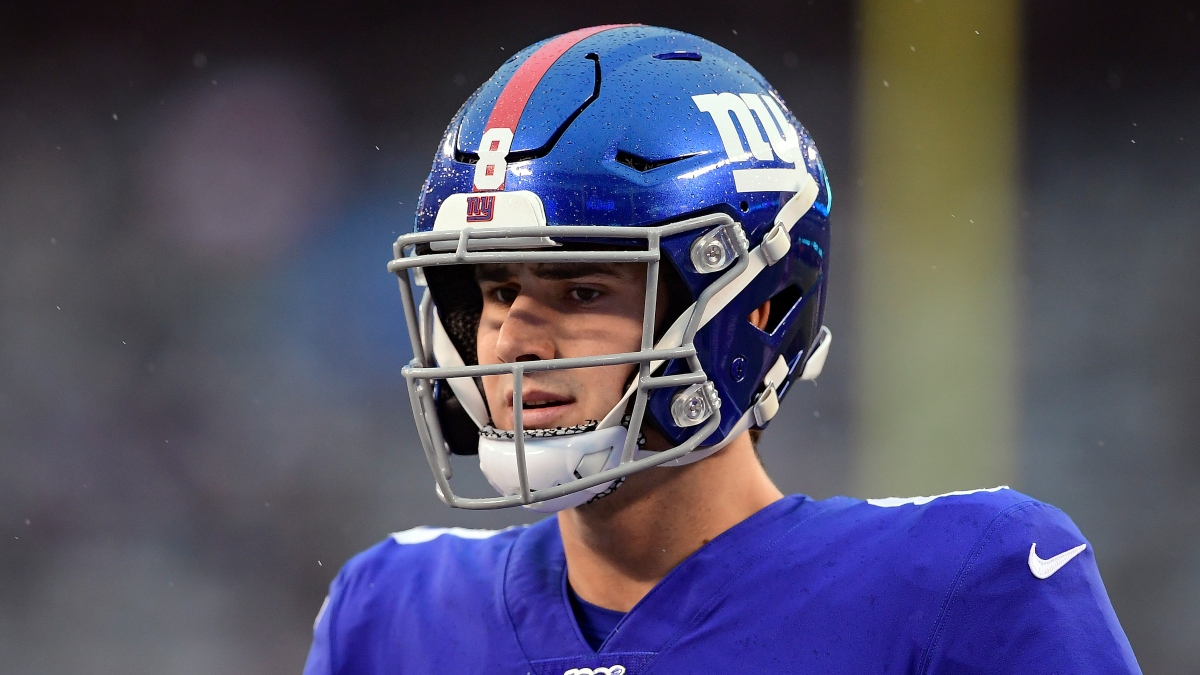
- The same goes for the aforementioned QBs in relation to Matt Ryan, who will be hard-pressed to match last year's numbers after the Falcons' 684 pass attempts led the league by more than 50.
- One of my initial reactions to Tom Brady signing with Tampa Bay was that the move to the NFC South may ward off a late-season swoon after he slumped to 5.9 YPA over the second half of last season. It looks like that will come to fruition, as Brady projects for the easiest schedule for Weeks 15-16 with dome games at Detroit and Atlanta, respectively.
- Brady's former teammate, Jimmy Garoppolo, could be a sneaky good late-round QB. His SOS is average overall, but he has the second-easiest schedule in Weeks 1-3 with a mouth-watering slate of matchups against the Cardinals, Jets and Giants. He also ranks No. 1 in Weeks 14-16 with matchups against Washington, Dallas and Arizona.
Fantasy Strength of Schedule: RBs
- Derrick Henry is locked and loaded with the third-easiest schedule overall and top-six slates to open and close the season. I wouldn't take him over Ezekiel Elliott or Saquon Barkley, but Henry does project to gain a healthy 3.1% net edge on Barkley and a 2.5% advantage over Elliott due to SOS.
- Leonard Fournette may not have been traded by the Jags, but he's shaping up as a strong buy-low while his stock his down, as he projects for the second-easiest schedule on the year. And if he makes you nervous, he should be in demand early in the season thanks to the seventh-best slate in the first three weeks.
- Maybe David Johnson will be alright after all. Bill O'Brien seems intent on using DJ in the old Lamar Miller role, which is usually good for 13-15 carries per game. And while DJ could start slow, he projects for the fourth-easiest overall schedule among RBs. He's no longer a sexy pick, but he could end up being a league-winning middle-round glue guy in fantasy. Maybe.
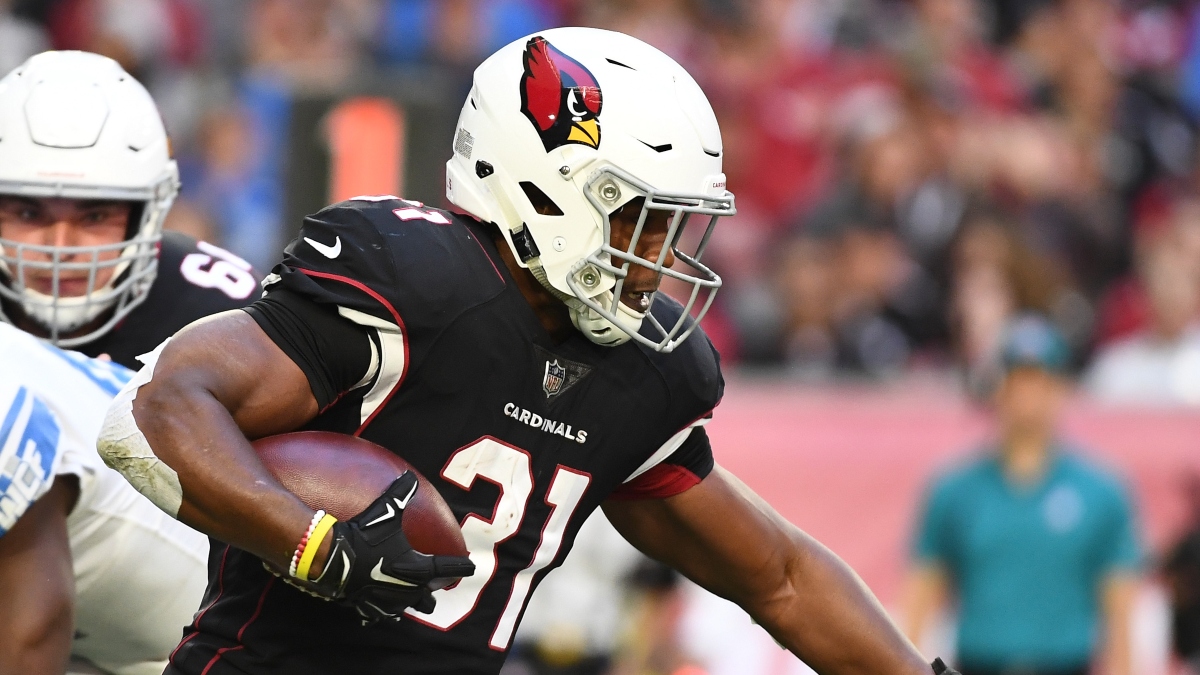
- I sure hope the Rams backfield clears itself up, because they have the toughest SOS of any position to contend with at -2.5% below league average. My best guess is that second-rounder Cam Akers (Florida State) operates as the lead back with Malcolm Brown mixing in for short yardage and Darrell Henderson being the frustrating third wheel/John Kelly.
- Indianapolis also made a second-round pick that will make their backfield rotation tough to discern, selecting Jonathan Taylor (Wisconsin) 41st overall to pair with incumbent starter Marlon Mack, who has averaged 17.0 carries per game over the past two seasons. One thing working in favor of both maintaining at least FLEX value: The NFL's easiest slate for RBs.
Fantasy Strength of Schedule: WRs
- There's not too much doing at WR in terms of these projections — one simple cornerback injury or schematic shift can have a butterfly effect that sends these projections scrambling back to the mean — but Davante Parker stands out with the worst projected schedule (albeit at a measly 1.0% below the league average). I'm generally excited about Parker after he broke out for a 72/1,202/9 line last season, but his SOS-induced 1-1.5% disadvantage relative to the likes of Robert Woods, D.J. Chark, Terry McLaurin, Calvin Ridley, Jarvis Landry, etc. may end up being a deciding factor in my final rankings.
- The Bills and Texans also rank in the bottom-three, so the same goes for Stefon Diggs, Will Fuller and Brandin Cooks.
- Allen Robinson and D.J. Moore both finished in the top-16 last season, and their top-three SOS ratings is further confirmation that they deserve to be in the low-end WR1 conversation.
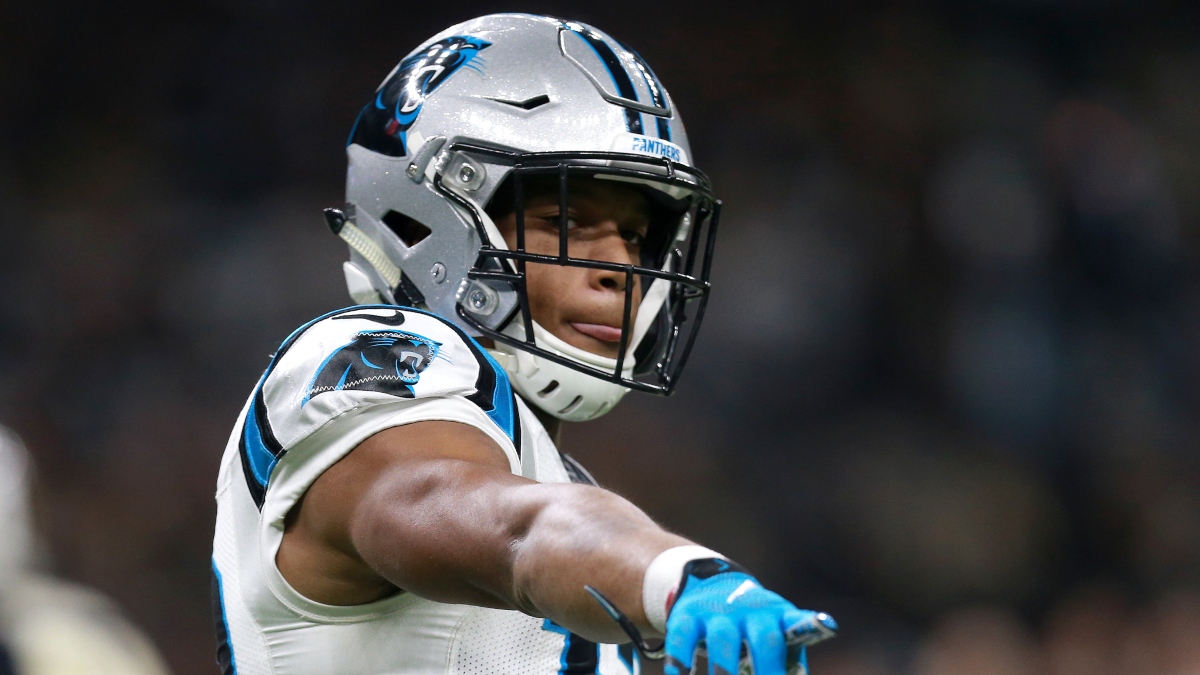
- If anyone dethrones Michael Thomas for the league lead in targets, my money is on Davante Adams. There's not much separation between WRs in terms of SOS, but the easiest projected schedule in the league can't hurt. I can already see Aaron Rodgers targeting Adams approximately 32 times per game as an F-U to the Packers front office for bypassing the 2020 WR class and leaving him to throw to a bunch of pass-catchers with better names than skill sets. (Devin Funchess, Allen Lazard, Marcedes Lewis, Marquez Valdez-Scantling … and maybe even some Equanimeous St. Brown???)
Fantasy Strength of Schedule: TEs
- Travis Kelce finished just 0.1 points ahead of George Kittle in half-PPR last season, and I'm projecting SOS to give Kittle a 1.9% increase relative to Kelce. I still think Kelce has a safer floor because he's in the offense with Mahomes, and not the one liable to throw at a rate unseen since before helmets had face masks, but Kittle beating out Kelce is firmly within his range of outcomes.
- Dallas Goedert always feels like a sexy pick, but I find it difficult to project him to top last year's numbers, where he stayed healthy amid the perfect storm of injuries with Alshon Jeffery, DeSean Jackson, Nelson Agholor and Zach Ertz combining to miss 25 games. One thing working in his favor the top-ranked schedule for TEs. Of course, the same can be said for Ertz, who almost feels played out despite posting 70-plus catches and 800-plus yards for five seasons and counting. I'm fine with going Mark Andrews over Ertz as the TE3 — Andrews has massive upside after being targeted on 33% of his routes but playing fewer than 50% of the snaps last season — but any talk of Ertz' demise is premature.



